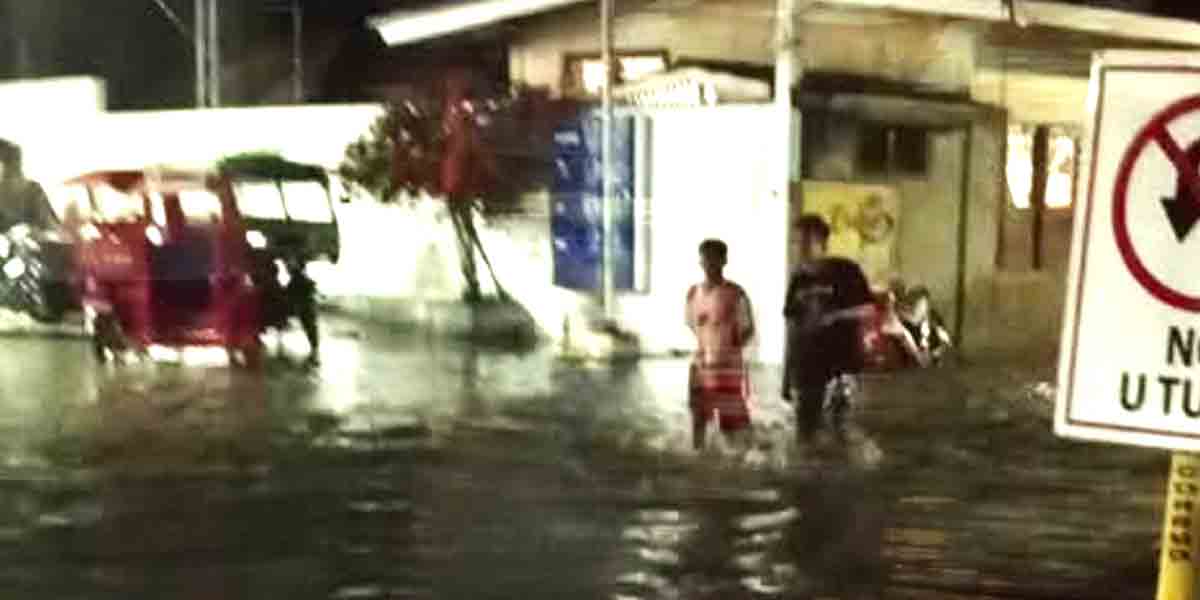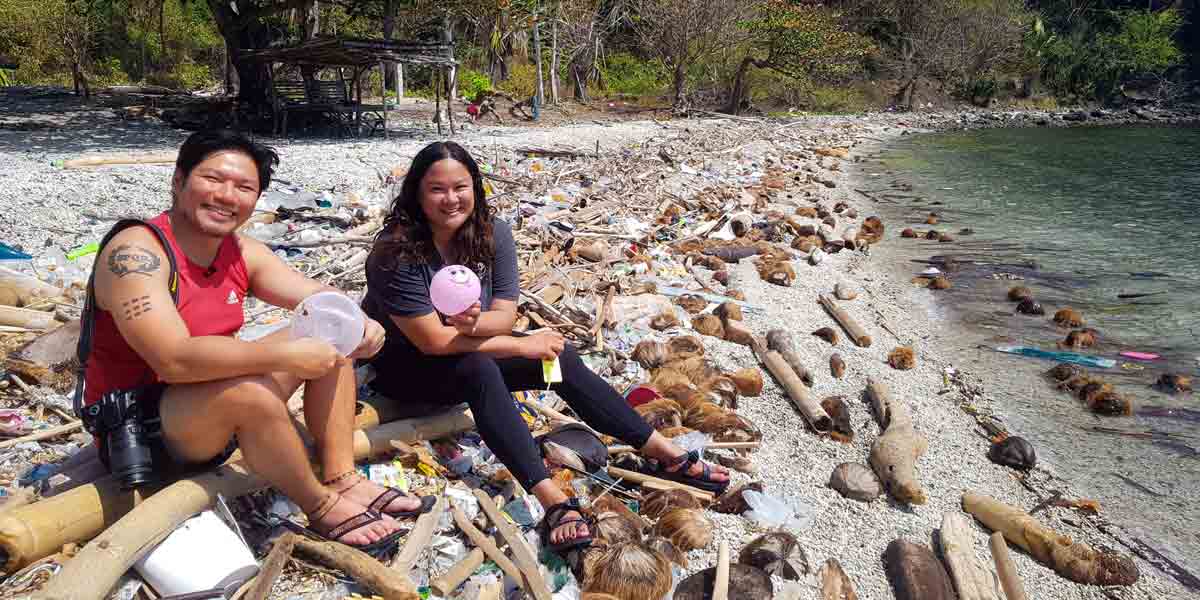By Herbert Vego
AN American friend here in Iloilo City, Victor D’Agostino, asked me to comment on a front-page story about the occasional joint air and sea patrols by the United States and the Philippines at the West Philippine Sea. Called “maritime cooperation activity,” it features warships and fighter jets.
A picture of the nuclear-powered aircraft carrier USS Vinson off Palawan accompanied the story.
Well, a war with China is not on the horizon yet. But preparing for a Chinese invasion is another matter. As a proverb goes, “Forewarned is forearmed.” In other words, knowledge of possible danger gives us a tactical advantage.
The presence of United States’ men in uniform is in accordance with the 1951 Mutual Defense Treaty, 1999 Visiting Forces Agreement, and the 2014 Enhanced Defense Cooperation Agreement (EDCA).
EDCA reaffirms mutual cooperation between the United States and the Philippines to develop individual and collective capacities to resist armed attack by improving interoperability of the two country’s armed forces.
We are aware of a probable Chinese attack, knowing that China has been fortifying islands with airfields and anti-ship missiles within Philippine territories west of Palawan; and has also seized control of the Scarborough Shoal.
Unfortunately, we had a past president, Rodrigo Duterte, who had warned us against provoking China because we would not be in a position to win a war.
Fortunately, present President Ferdinand Marcos Jr. knows better: It’s our fear of Chinese aggression that could win the war for China without firing a shot.
Woe unto the “makapilis” who shamelessly underestimate our capacity to defend our country from external aggression, although they seem to proceed from realities on ground.
A Rappler report once quoted Norberto Gonzales — secretary of national defense during the Gloria Macapagal Arroyo presidency – saying, “Within hours, the Chinese can destroy most of the country’s defense facilities and probably some of our cities.”
In fairness, Gonzales also urged the government to devise a contingency plan against a Chinese attack.
“China does not have a history of invading other countries,” he said, “but it is not averse to using military might to settle territorial conflicts.”
The Philippines isn’t the only nation that fears war with China, which is also embroiled in a dispute with Vietnam, Taiwan, Singapore, Malaysia and Indonesia over sovereignty at the South China Sea.
Duterte was wrong in thinking that Chinese President Xi Jinping would help him stay in power through a well-publicized “rev-gov” or a revolutionary government that would reduce us into a mere “province” of China.
If it declares war on us, China would also risk war with the United States. Let us recall that the purpose of our 1951 Mutual Defense Treaty with the US was to “strengthen the fabric of peace” in the Pacific through an agreement to defend each other’s territory in case of external attack.
Moreover, the U.S. military has been upgrading the Filipino military’s own bases as part of the 2014 Enhanced Defense Cooperation Agreement.
In April 2015, the United States government asked for access to Subic Bay Naval Base and Clark Air Base.
On 19 March 2016, the Philippines and the United States agreed on five locations of military bases for the American troops under the EDCA, namely the Antonio Bautista Air Base in Palawan, the Basa Air Base in Pampanga, the Benito Ebuen Air Base in Cebu), the Fort Magsaysay in Nueva Ecija, and the Lumbia Airport in Cagayan de Oro.
Indeed, Uncle Sam would have to respond to any Chinese attack in the Philippines, or lose freedom of navigation in the South China Sea.





















